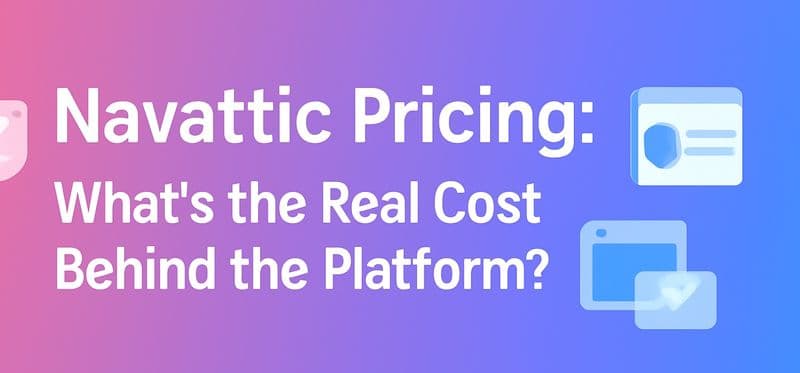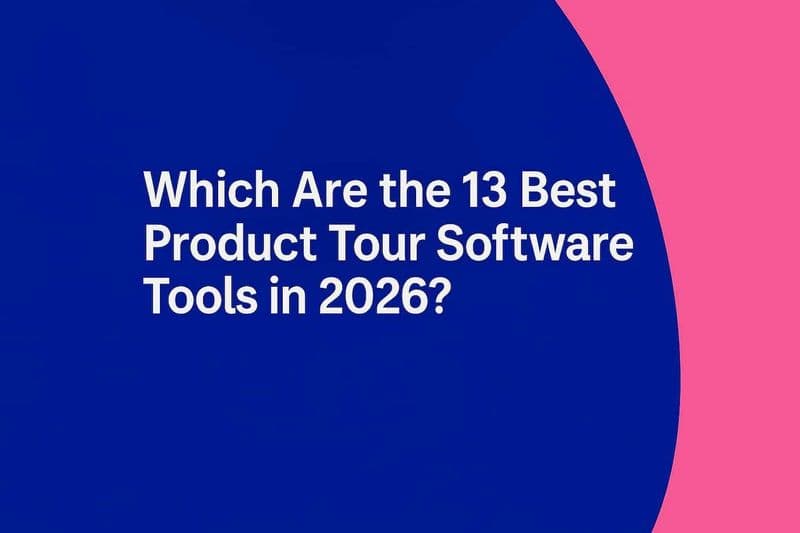Could working harder on fewer accounts be the answer?
Let's assume you have an enviable conversion rate of 40% across every step of your sales cycle. That means that for every 100 people you email, you establish contact with 40. Of these, you book discovery meetings with 16 people. Then, after discovery, you're demonstrating your solution to 7 people. Of which, you close the deal with 3 people. Each time I run those numbers, it hurts.
But let's do it again, with a more realistic set of numbers. If we drop down to a more conventional 20% conversion rate, that number drops down to 500 emails to 100 responses to 20 discovery meetings to 4 demos to 1 sale. Yikes.
Does it have to be that way though?
Let's start from the start. Most people receive too many emails, and unless it's their job to evaluate solutions and they're actively looking for one, your email is going to be binned. Let's face it, no one has the time to read your sales email.
Unless you're speaking to their needs.
According to the LinkedIn State of Sales 2021 report, 65% of sellers say they “always” put the buyer first but only 23% of buyers agree that sellers “always” put the buyer first. That's quite a disconnect. The same report also identified a few other behaviors that kill deals:
Delivering misleading information about a product, its price, etc (48%)
Not understanding my company and its needs (44%)
Not understanding their own product or service (43%)
We see the problem here, right? Customers don't feel heard and understood and don't have faith that what we're selling will fix their problems or meet their needs.
This is why value selling makes a difference.
Value selling, value-based selling, or value-added selling, is a sales methodology that puts customers' needs first. It encourages you, the sales rep, to deliver value in every interaction and in doing so, become a trusted consultant who guides them through the sales process to make an informed decision to best suit their needs. In some cases, you also become someone they turn to for advice - even on topics not related to your product.
That sounds like a great place to be, even if you work for a small company that doesn't have a product with cross-sell or upsell capabilities. Like salespeople of yore, you're building your client roster. As you move up, so will the people you're selling to. They'll switch jobs and start their own businesses, and they'll continue to need products and services they trust, from people they trust.
That's a gift that keeps on giving.
What does value selling involve?
Research. Always research.
Given that most buyers feel that sellers don't understand their needs, the first step is to remedy that. If you're using a Sales Intelligence tool, you already have quite a bit of information to go on. You know the industry, the company, which department your lead is in, how long they've been there and how they like to be contacted.
Go a couple of steps further. What does this company's tech stack look like? What are their average revenue and market share? What does their competitive landscape look like? How is their competition hurting them most? What do their customers complain about? What do their customers like?
Now research your lead: what do they post about on social media? What do they care about? Based on your research on the company, what are this person's pain points likely to be? What are the problems they're likely trying to solve? What can you think of sharing with them today that will be useful to them (even if it isn't about your product)?
It's always a good idea to look up their social network to see if there are any connections you have in common because nothing beats a warm intro. Also, check if you've ever worked in the same organization or gone to the same school or college.
A memorable first reach out.
You know a lot about them, and you have a working hypothesis of what they're struggling with. Package it into one crisp, compelling email. Engage, ask questions, and follow all the rules to keep your email out of spam. But don't be selling yet. The purpose of this email is to forge a connection.
Be genuinely interested.
So many of us ask questions, but we rarely listen (or even read!). Try to imagine how you would listen to this person's problem if you weren't focused on selling your product, and then fake it till you make it. Some of these habits die hard, and it takes a little while to transition. Be patient with yourself.
Also, when you're listening, take notes. Prospects often drop little things that we can help them with, and like I've said before, don't limit this helpfulness to sharing things about your product. You're nurturing a relationship here - so helpful with whatever you can. The point is to add value with every interaction, so don't hesitate to send them a blog post that relates to their problem, or to connect them with someone who may be in a position to help or educate.
Educate
Not sell. You're here to talk about the best possible solution. Instead of talking about product features, talk about value. By this time, you should have a pretty good grasp on what this person is struggling with, and what they need. Steer them by giving them more information, and do it in small, digestible chunks.
Play it by ear, but this is where demo snippets and self-serve demos can be really, really useful. You're letting the prospect discover at their own pace, without the pressure to get into a demo or even a discovery call. This can take the form of a, "No pressure or anything, but have you seen how SmartCue does cues instead of scripts? It helps get new sales reps up to demo speed really quickly, and I know you're having a tough time with that. Let me send you something you can play with yourself, so you can see what I mean."
Let your self-serve demo do the rest.
Champion your customer
You're on their team, you're invested, and you want to get them the best solution possible. Work with them to get the solution just right. Even if that means a few demo revisions. Don't cross-sell and upsell stuff they don't need. Remember, you're in this for the long haul.
Also, remember that this person now sees you as more of a consultant/guide/advisor than someone trying to sell them something. Be fair and do what is right by them: for the most part, that's going to align with your sales strategy anyway.
Enable them to champion you
Nothing beats having an internal champion by your side in a deal. While you can't expect them to do any selling on your behalf, you can expect them to talk you up to the right people. Enable them with everything they need to do so. Articulation is often the problem - help them do so with an elevator pitch that they can use to introduce you and your solution. Give them all the demo snippets and self-serve demos they need to pass around to interested parties.
Continue to deliver value even after the sale is done
Value selling is about customer centricity. This doesn't mean that you unnecessarily intervene in customer service issues, but it does mean that you continue to champion them. Most prospects know you won't be around as much after the sale, but don't disappear altogether either.
Conclusion
Does value selling require more of an investment? Absolutely.
But it also brings you much better returns. Client roster aside, it generally helps you get better response rates throughout the sales process. The client feels nurtured all the way through the sales cycle and is much less likely to ghost you. In fact, quite the opposite, my experience with value selling is one of creating several internal champions!
After all, when what you're selling is good for customers, and you're not being pushy (and salesy) about it, it gets easier for them to see it. It changes the texture of the relationship right from the get-go.
People don't like saying no. It makes them uncomfortable and brings up all kinds of negative emotions. When you value selling, they don't have to be defensive or firm with you, because you aren't pushing against them. Instead, it feels collaborative. It feels good.
People like saying yes. Let's work to make it inevitable.
You've got this.




